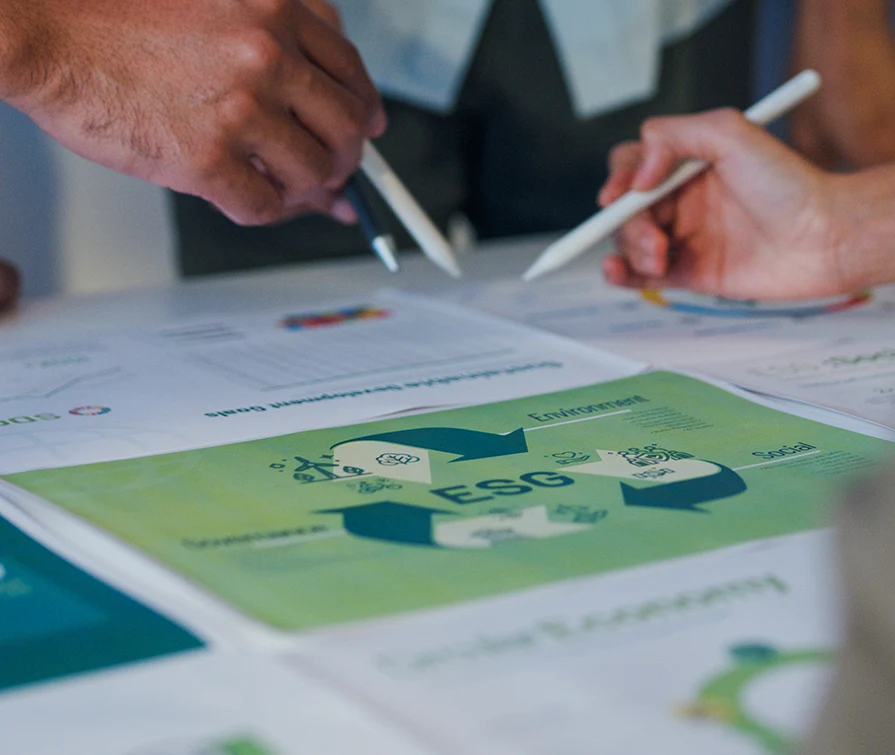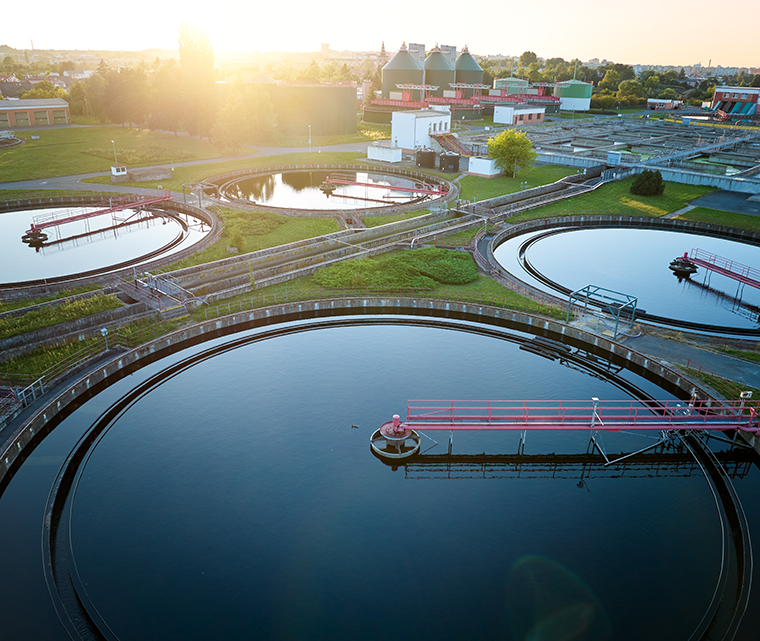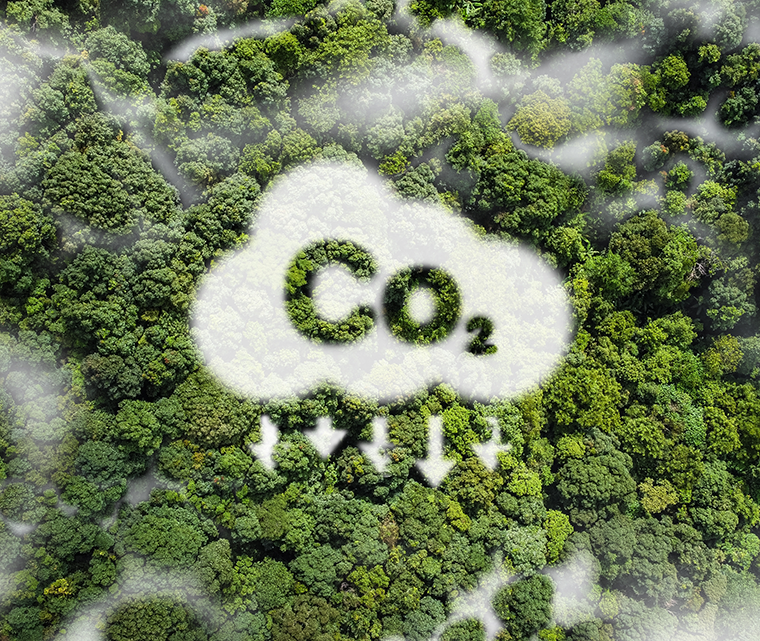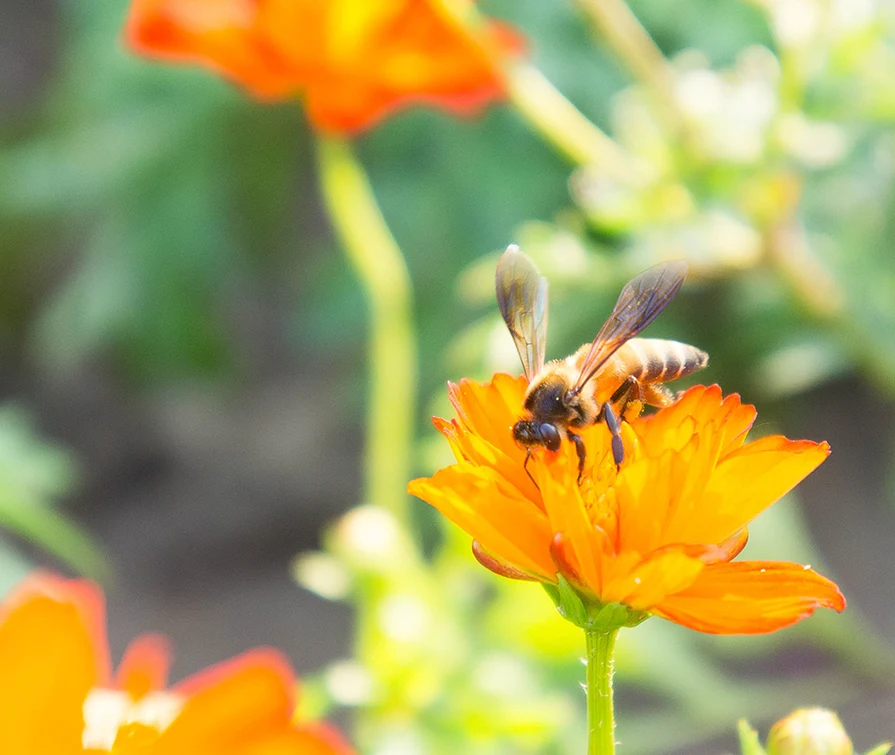Environmental Strategy
WAT evaluates the environmental aspects of its processes and adopts eco-friendly design principles in line with its commitment to combating the climate crisis and protecting the environment. It strives to minimize the environmental impact of its products throughout their lifecycle and effectively manages all stages of the value chain. WAT was the first company to launch a full range of electric motors with IE4 energy efficiency on the market. Additionally, it is conducting significant work on electric motors with IE5+ energy efficiency. By producing high-efficiency motors, WAT meets customer expectations and contributes to global energy supply and the reduction of carbon emissions. In line with eco-design requirements, WAT adopts eco-friendly design principles, producing energy-efficient products that reduce the amount of raw materials used and increase both recyclability and recycled material content.
WAT also reduces the use of chemicals in its products and manufacturing processes, opting for materials with low VOC content to guide customers towards environmentally friendly alternatives. Additionally, it is working on replacing chemicals with high ODP-GWP values used in its production with eco-friendly alternatives. Preventing and reducing waste at its source and implementing recovery practices within processes form the foundation of WAT’s integrated waste management approach.
As a responsible manufacturer, WAT prioritizes the useful life of its products and how they will be disposed of at the end of their lifecycle. To this end, it has established the Reassessment Center under its Customer Service and Technical Service processes. To make the most of materials with high recycling and recovery potential in waste motors, WAT has developed a ‘Waste Management Model.’
WAT has been calculating its greenhouse gas emissions since 2019, and its greenhouse gas emission values have been verified by an independent organization in accordance with ISO 14064-1 and the GHG Protocol since the baseline year of 2021.






